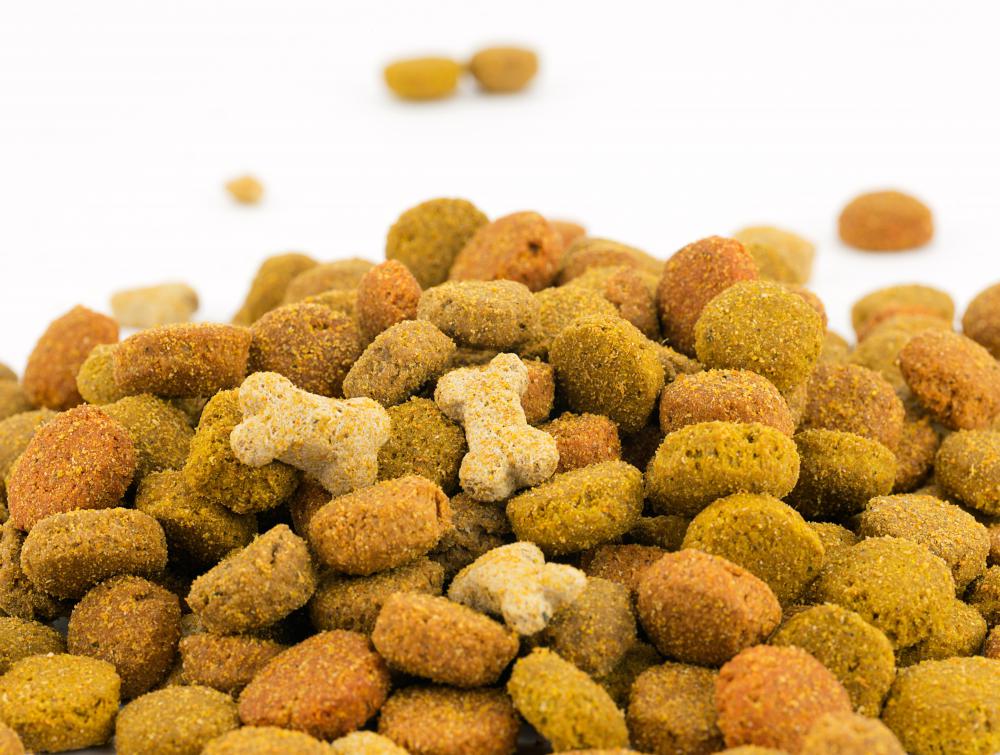At WiseGEEK, we're committed to delivering accurate, trustworthy information. Our expert-authored content is rigorously fact-checked and sourced from credible authorities. Discover how we uphold the highest standards in providing you with reliable knowledge.
What Is Pearl Millet?
Pearl millet, Pennisetum glaucum, is an ancient annual grass used as food for both animals and humans for thousands of years. It is believed to have originated in Africa where it was first domesticated. The use of the grain then spread to India over 4,000 years ago. This tough grass grows under difficult conditions and is cultivated where other grain and forage crops might fail. It tolerates low rainfall, relatively infertile soil and hot temperatures, making it a valuable crop in areas prone to drought.
Depending on the variety of pearl millet grown, the plant can reach heights of over 6 feet (1.82 meters) tall. Ancient strains can reach 10 feet (3.04 m), but the newer hybrid varieties tend to be shorter for more efficient harvesting. The grain develops on a cylindrical seed head resembling the flowering part of the cattail plant. A single spiked seed head grows from each plant. Up to 3,000 seeds are produced per plant, but the average is about half that number.

In Africa and India, this variety of millet is a staple cereal grain. It is prepared as a whole grain, ground into flour for various uses and made into beverages. In some areas of Africa, pearl millet is fermented to create an alcoholic drink. This grain is relied on in the dryer areas of India and Africa, as the plant produces seeds even during drought conditions.

Primarily grown as a forage crop in the United States, pearl millet provides beef cattle, sheep and dairy cows with food for grazing. It is also used as silage and as an alternative to alfalfa hay. The earliest records of pearl millet farming in the U.S. are from the mid-1800s. It was grown mainly in the southeastern portion of the country but is now planted as far north as North Dakota. Pearl millet thrives even in dry summers and in poor soils where other forage crops do poorly.
New varieties of this millet have been developed in the U.S. that produce a greater yield of grain for animal feed. Millet seed mixed with other grains is used to feed poultry, farmed fish, pigs and cows. It is believed to have a good potential in the wild birdseed market, as songbirds feed on it in the field. The grain is also used in some dog food formulations. Plants grown in the U.S. for grain are hybrids, so new seeds must be purchased annually.
Cooking with pearl millet is becoming more popular in the U.S. as a result of the increasing interest in eating more whole grains. Rich in protein, minerals and B vitamins, this grain is naturally gluten-free. The flour can be used to make flat bread and the grains used instead of rice in soups and stews. It is cooked the same way rice is cooked using a three to one ratio of water to grain.
AS FEATURED ON:
AS FEATURED ON:












Discuss this Article
Post your comments